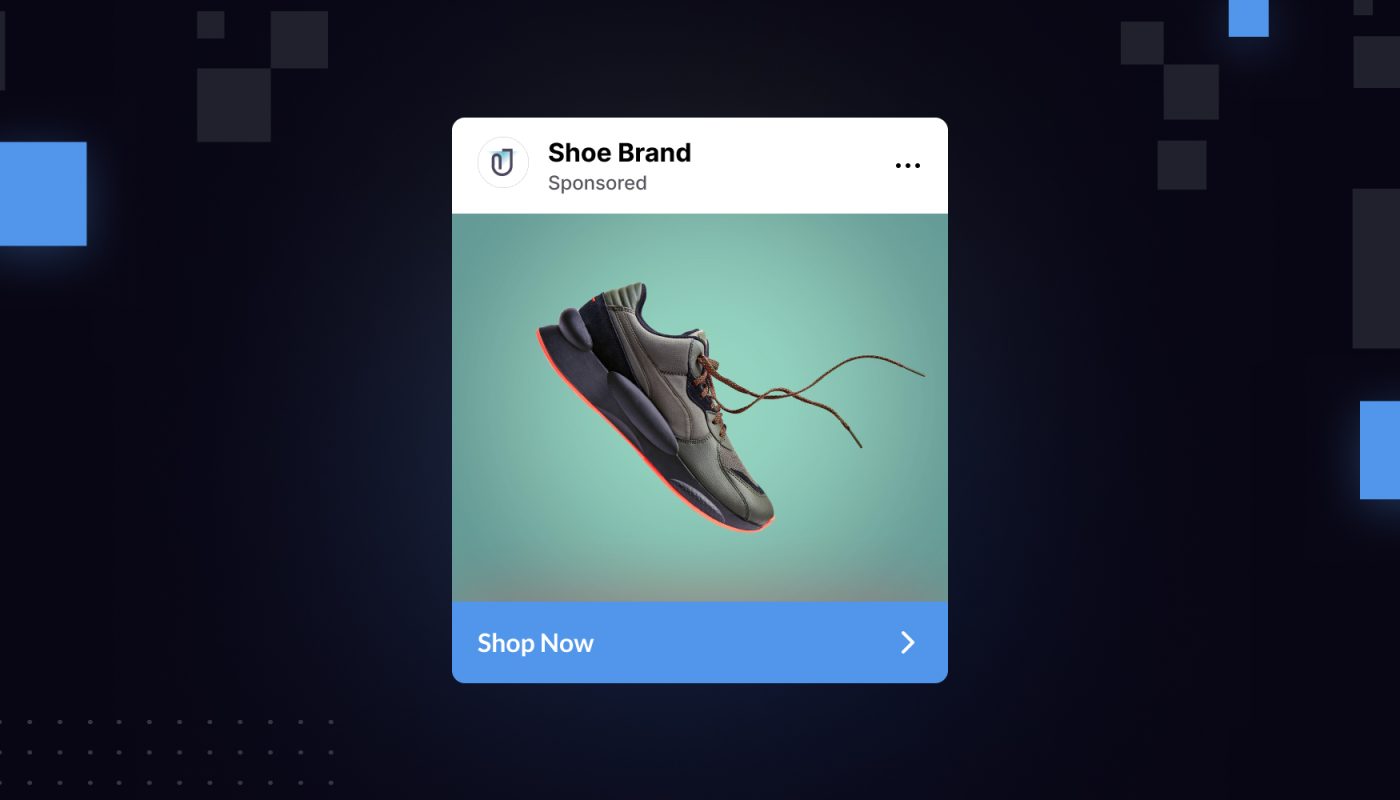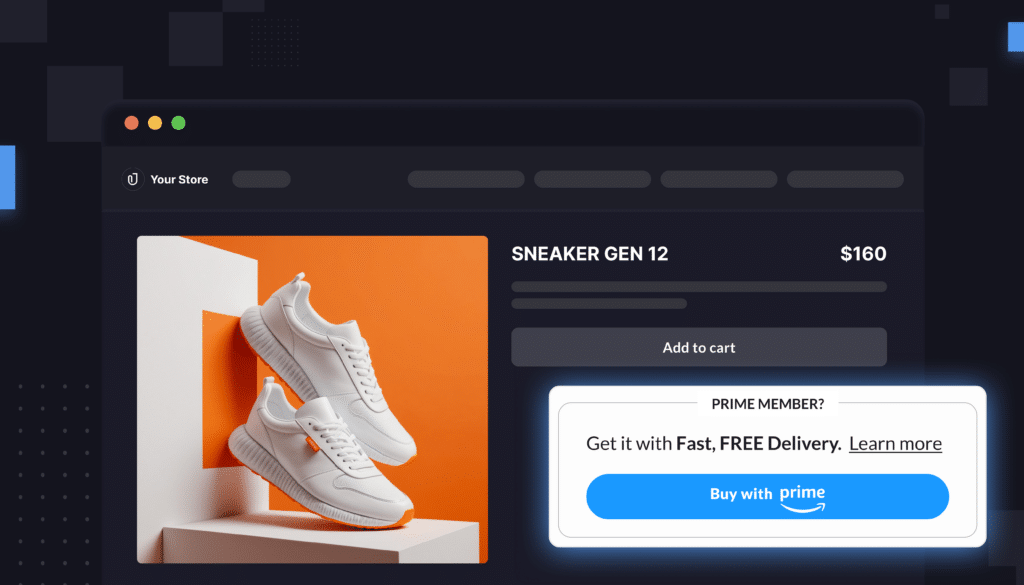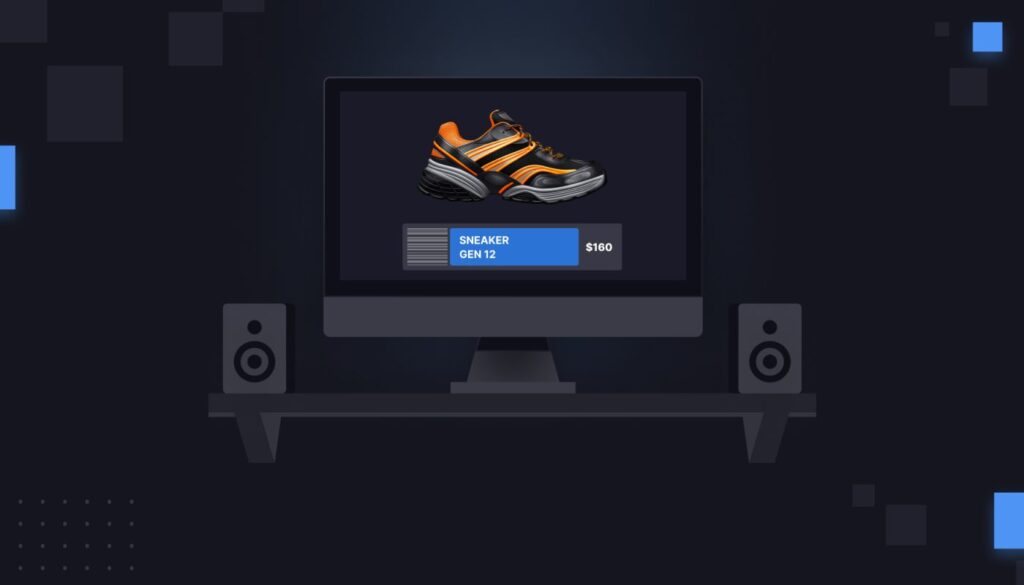Amazon DSP is one of the most powerful advertising tools, in part because it allows for all kinds of targeting strategies.
One of its best use cases, though, is for reaching incremental shoppers. Incremental shoppers are those coveted customers who seem like they would enjoy your products but who have never actually bought from you.
DSP is so good at reaching these incremental shoppers for two reasons. First, it lets you create highly specific audiences to advertise to and to exclude. And second, DSP lets you make smarter choices about how your ads get displayed and how often people see them.
But here’s the catch: a great DSP incremental campaign needs to be built from the ground up.
You can have an excellent high-level strategy idea, but it will only be effective if you craft all of the technical parts of your DSP campaign correctly, too.
At the Prosper Show this past week, our own Kenton Snyder gave an in-depth presentation about how to go about building your perfect incremental DSP campaign.
Today we’re offering you a little snapshot of his presentation, in case you weren’t able to attend.
Step 1: Take control of your audience targets
The beauty of DSP is that you don’t have to advertise from a place of uncertainty. You can make your ads as highly targeted as you like. That way, you ensure that you are courting exactly the audiences who you think will be most likely to convert to your brand.
The first step in a great incremental DSP strategy is audience curation. DSP gives you a number of powerful audience levers.
For the awareness phase, for instance, you might consider the built-in Lifestyle and Demographic audiences within the DSP console.
As you enter the consideration phase, try deploying In-Market and Competitor Target audiences, where you can directly reach shoppers who are looking at products like yours.
You can also layer in your own unique audiences. DSP makes it easy to create lookalike audiences. Or you can use Amazon Marketing Cloud to get much more granular audiences that you can then port over to your DSP account.
AMC lets you make custom audiences based on longer purchase and view histories and on more extensive frequency cap behavior. (Here are the key differences between AMC and DSP audiences.)
You can also, through AMC, upload your first-party audience data. From there, either merge your Amazon and 1P shoppers, or choose to exclude your 1P shoppers entirely from the ad campaign.
Step 2: Set up your DSP campaign properly
A successful incremental strategy isn’t just about having a big idea about how to grow your audience.
You need to be able to implement that idea via the more administrative parts of ads management. Make sure you are set up to track what is working and what isn’t, and make nimble adjustments.
Let’s run through the tips:
Segment, segment, segment. The proper DSP setup for an incremental strategy starts with segmenting your audiences. You don’t want to have multiple audiences on the same Line Item in your DSP account.
That will inevitably make it difficult to sort through which audience is working and which isn’t.
Exclude irrelevant shoppers. You should also be thinking seriously about implementing some basic exclusion audiences. If you’re not careful, a lot of your spend can go to waste on shoppers who are likely never to buy from you.
Use frequency caps. Similarly, be sure you’re implementing frequency caps. You can set hourly and daily frequency caps easily within the DSP console, but you’ll need to use AMC to set lifetime frequency caps.
These are important, though: we’ve worked with brands who’ve discovered that 30% of their ad spend goes to shoppers who have seen ads 6+ times.
Excluding these repeatedly exposed shoppers will make your ad spend more efficient.
Diverse KPIs. Lastly, vary up your KPIs. If you focus on ACOS alone, you’re going to struggle to really get many net new shoppers.
Net-new shoppers inherently require a higher ACOS than returning shoppers, since it takes money to convert a new person to your brand. Be sure you are measuring using a variety of KPIs to more holistically measure what’s working.
Step 3: Master your optimization strategy
Here is where a few technical strategies can really take your DSP campaigns to the next level.
Frequency groups. In addition to frequency caps, as we discussed above, Amazon allows you to now set a frequency group. Essentially, frequency groups let you set the same cap across multiple Orders of your campaign, so you can more easily scale and manage your frequency caps.
Viewability. You should also pay close attention to your viewability settings. Just because you display an ad on a website doesn’t mean most people will even see it. Ads that are placed at the bottom of a website page, for example, are only visible if the shopper scrolls all the way down.
Adjust your viewability settings so you can be sure that your ads are only showing up in places where Amazon can measure the viewability.
We recommend setting your viewability settings at 70% or greater. That means Amazon will be able to measure whether or not your ad was viewed at least 70% of the time it’s displayed.
That’ll help you save money in the long run. If you set the viewability threshold too low, you might be getting charged for ads that weren’t actually showing up to viewers.
Why do I need DSP for my incrementality strategy?
These are just a few of our tactics for creating a truly sophisticated DSP incrementality play.
Of course, all of this can be leveled up with savvy use of AMC, for instance.
AMC audiences will let you get much more sophisticated with your target, and AMC queries will help you identify which products, for instance, are responsible for driving all of your new audiences.
But taking the time to build a good incremental strategy from the ground up isn’t just about improving your numbers. It’s also about making your campaigns neat and organized so you can easily report those numbers to your stakeholders.
You want to understand exactly what kind of impact all of your ads strategies are having. Otherwise, you won’t have strong evidence for what’s working, and stakeholders might have trouble attributing your success to your strategies.
If you want to know more about creating your incremental DSP campaign, you can contact us.
Or you might consider joining our new Intentwise Community, where you’ll be able to exchange tips with other industry professionals about DSP and many other topics.








